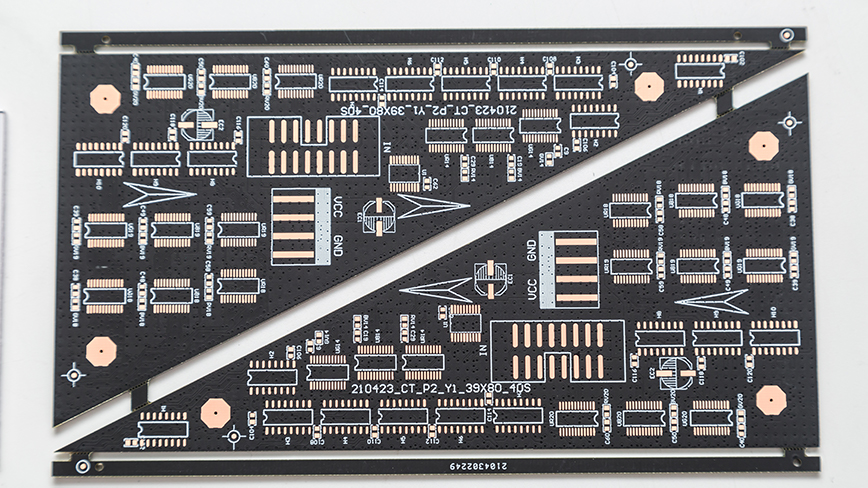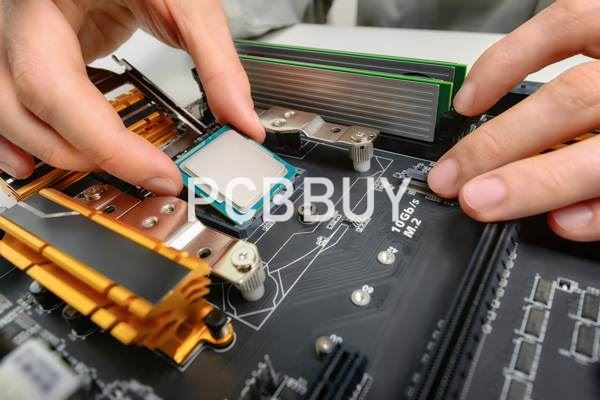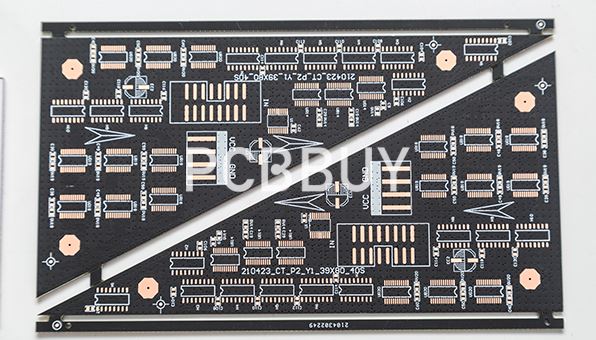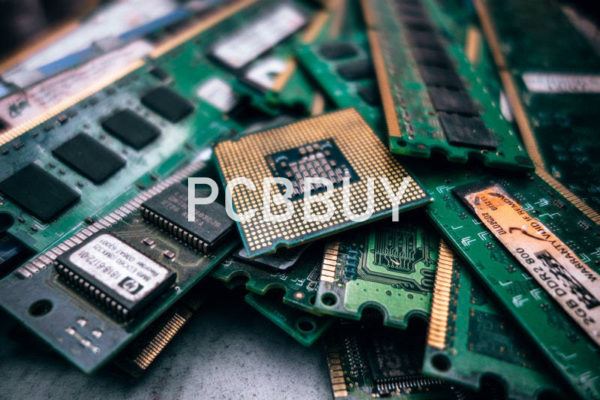CAF in PCB
By:PCBBUY 06/09/2021 17:26

CAF formation is the term for the process by which CAF grows. CAF failure is a common and growing concern in the electronics industry. It will cause catastrophic failure mode and conductive salt remaining copper may from in PCBs. In this passage we will introduce all the details about CAF and follow us to read the content we provide.
What is CAF formation?
CAF formation is described as a two-step process:
First, the resin glass interface degrades, which is believed to be reversible. The second stage, the electrochemical migration, is not reversible.
CAF failure refers to the electrical failure those results from CAF formation. The failure occurs when the CAF grows from the anode to the cathode.

For CAF to form, you need several things present:
·Electrical-charge carriers, which enable the formation of an electrochemical cell.
·Water, which occurs due to humidity and moisture build-up and dissolves the ionic material, sustaining them in their mobile ionic state.
·An acid environment near conductors to enable corrosion at the anode.
·A voltage bias, which is the force that drives the reaction.
·A pathway for the ions to take as they move from the anode to the cathode.
Many other factors are believed to accelerate the formation process including high temperatures, high humidity, repeated thermal cycles, high voltage gradient between anode and cathode, some soldering flux ingredients and more. Other problems, such as component failures and exceeding maximum operating temperatures might also contribute to a CAF-related failure.
How to avoid CAF failure?
There are many different measures you can take to minimize the risk of CAF failure. Researching into ways to avoid this problem is ongoing, but avoiding the conditions enabling CAF formation will help prevent it. Here are some of the factors to consider:

Moisture and Humidity
Because it requires an electrolyte, higher water content increases the chance of CAF failure. Increased humidity leads to higher moisture content, which decreases CAF performance.
Processes That Lead to Acid Contamination
Processes used during fabrication can introduce acid contaminations, which increases the likelihood of CAF formation. The use of some soldering fluxes and the introduction of acid residues during the plating process are examples of this.
Bias and Voltage
Since bias voltage is the force that drives the reaction, a high-voltage bias will significantly lower the chances of CAF formation. Higher voltages decrease CAF performance as well.
Pre-Existing Defects
Pre-existing defects such as fracturing, voids, wicking, contamination and misregistration can also create pathways for problematic filaments. You need to be careful when drilling holes so as not to cause damage to the board. Such damage can create these pathways by causing cracks, wicking and other defects. Drill speed, feed rate and other factors influence how likely these issues are to occur. Partial defects such as incomplete bridging between features can contribute as well.
High temperatures like those from environmental temperature, repetitive thermal cycling and reflow with a high peak temperature create more stress on a board and increase the likelihood of damage as well CAF formation.

Materials
Another influential CAF-failure factor is the materials used to make the board. Using CAF-resistant materials, as Millennium Circuits Limited does, is one of the most effective ways to prevent CAF formation and failure.
When it comes to laminate materials, various studies over the last 30 years have measured the susceptibility to CAF of various laminates. Laminates with high-thermal resistance tend to resist CAF formation better.
Other material-related factors include finish type, such as HASL, ENIG, immersion silver or immersion tin, and solder-mask type.
Design
The design and fabrication of a PCB also plays a crucial role in determining its CAF resistance.
Boards that have a smaller gap between voltage-biased features fail faster than those with larger gaps, although this is believed only to impact the second step of the CAF-formation process.
In addition to hole-to-hole and line-to-line spacing, the size of the drilled holes and the thickness of copper in plated through-holes impact CAF resistance. Having more biased features also increases the number of opportunities CAF has to form. Anodic vias also fail faster than cathodic vias.
Many different aspects of a PCB product, including aspects of its design and fabrication, impact its resistance to CAF formation. These factors include:
·The materials used, including laminates, resign systems and glass coatings.
·Design factors such as hole-to-hole distance and layout.
·Processes such as soldering and reflow.
·Voltage levels.
·Bias voltage.
·Pre-existing defects and other fabrication quality issues.
Since so many factors influence CAF performance, you should consider CAF during every stage of the PCB-production process. Optimizing your board for CAF resistance will result in a more reliable end product.
Industry Category











